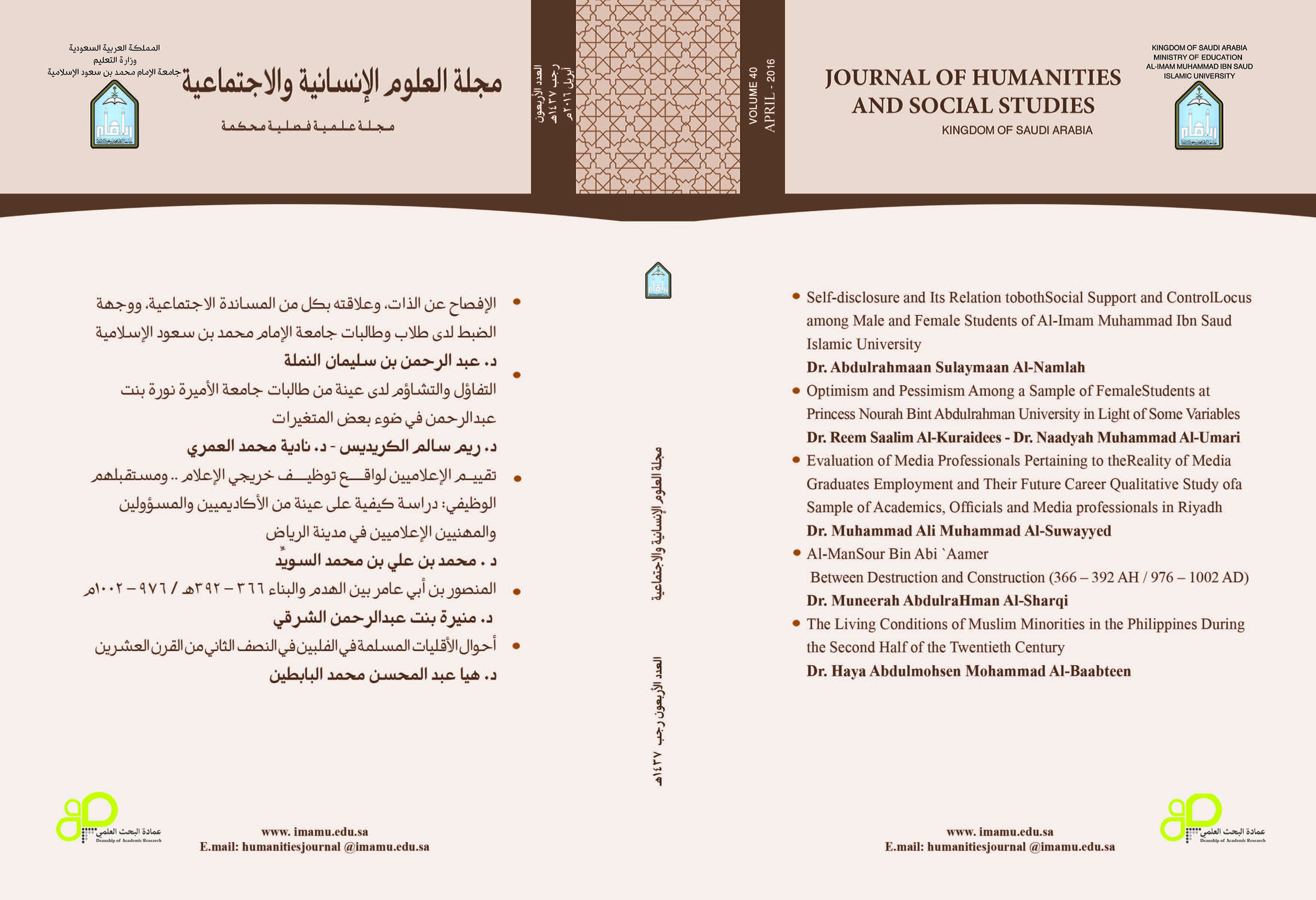The Living Conditions of Muslim Minorities in the Philippines During the Second Half of the Twentieth Century
Abstract
Whoever is concerned with the issue of Muslim minorities in Asia, specifically in East Asia where most of them live, is aware of theextent of the huge suffering that most of these minorities endure, as they areweakened and helpless, with no influence. In most cases, their connection with the Muslim world is weak, and the connection of the Muslim majority in the Islamic world with them isnegligeable, if not non-existent. In addition, those minorities in the countries where they live are far from the center ofpower, and their materialcapability is weak, which cannot qualify them for any political or economic role. Consequently, they remain vulnerable and powerless as it is the case in the Philippines. The missionary authorities attack, oppress, and exercise pressure upon Muslim minorities, exploiting their weakness and neediness to push them torenounce their religion, without mercy or respite.
In order to get to known about these Muslim minorities in the Philippines, we must study their status and their religious, political, cultural, social, and economic issues, in order to determine their vulnerabilities, and points of weakness.Then it becomes easy to diagnose their situation and decide about the course of action. This is what this research about Muslim minorities in the Philippines in the second half of the 20th century is addressing.




